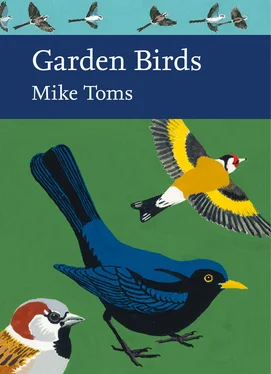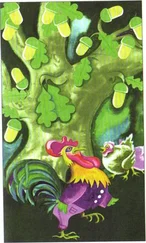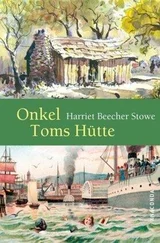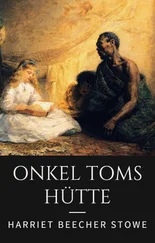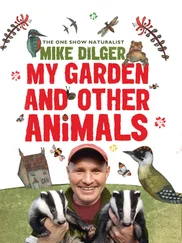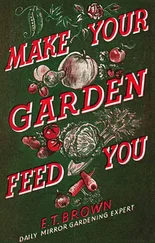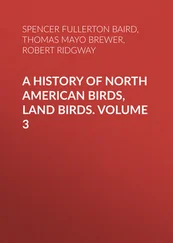Not all of the changes that occur during urbanisation are necessarily negative; the provision of food at garden feeding stations ( Chapter 2) is regarded as being generally beneficial, buffering the temporal variation in food availability that is typical of natural landscapes and thought to limit populations. The availability of anthropogenic food, either at garden feeding stations or present as food scraps, is thought to be one of the main factors driving the structure of urban bird communities, something to which we will return shortly. A number of studies have found that urbanisation stabilises both the richness and composition of bird communities, perhaps because there is greater predictability of, and less variation within, the climate and resource availability of more urbanised landscapes (Suhonen et al., 2009; Leveau & Leveau, 2012).
As we’ll also discover later in this chapter, some species are better able to cope with or respond to the impacts and opportunities of the built environment than others, and there are particular traits within bird families or species groups which may lead to them being more likely to adapt to the urban environment (Blair, 1996). This raises the question of just what is a garden bird.
WHAT IS A GARDEN BIRD?
Some people take the term ‘garden bird’ to mean a species that is common and widespread, adaptable and found just as commonly in other habitats. While this is certainly true of many garden birds, it is not true of every species found to use gardens on a regular basis. The phrase ‘common or garden’ – meaning something that is common and consequently of little value – may have also added to the sense that garden birds have little conservation value and are thus of little interest. This may be exacerbated by the sense that gardens themselves are an artificial habitat, highly modified and managed and thus greatly removed from more natural habitats and processes. However, it needs to be remembered that many of the habitats that we consider to form the countryside – such as farmland and woodland – are also often highly managed and very different to wholly natural landscapes untouched by human activities. Once we recognise this, then it becomes possible to accept garden birds less as a distinct type of bird and more as simply a subset of a wider population using a broad range of habitats.
Look at any book on UK garden birds and you will see species that are summer migrants (Swift Apus apus, House Martin Delichon urbicum, Spotted Flycatcher Muscicapa striata), winter visitors (Redwing Turdus iliacus, Waxwing Bomybycilla garrulus, Brambling Fringilla montifringilla, Fieldfare Turdus pilaris), insectivores (Goldcrest Regulus regulus, Wren Troglodytes troglodytes), omnivores (Carrion Crow Corvus corone), cavity nesters (Blue Tit Cyanistes caeruleus, Great Tit Parus major) or have low dispersive ability (House Sparrow Passer domesticus), all underlining the variety of ecological traits encountered within our garden bird community. Certain ecological traits may come to the fore if you look at particular components of the wider community; for example, an examination of the birds using garden feeding stations may suggest the dominance of granivorous and omnivorous species rather than insectivores, a reflection of the types of food being provided (Shochat et al., 2010). A different pattern may be seen in winter from summer, when looking at some aspect of the breeding community, or indeed when looking at the same component (e.g. cavity-nesting) but in different geographical locations. We know, for example, that cavity-nesting species are well represented within the UK garden bird community, having adapted to nest boxes, but are far less common in that of Australia, where native cavity nesters rely on natural tree cavities rather than boxes (Shanahan et al., 2014).
Globally, certain species are well represented within garden bird communities, including Rock Dove/Feral Pigeon Columba livia, House Sparrow and Starling Sturnus vulgaris (Aronson et al., 2014). Also widely represented – at least within the wider urban environment – are introduced or ‘invasive’ species such as Mallard Anas platyrhynchos, Canada Goose Branta canadensis, Collared Dove Streptopelia decaocto and Ring-necked Parakeet Psittacula krameri, plus (in those places beyond their native range) House Sparrow, Starling and Rock Dove/Feral Pigeon. As a group, corvids appear to be well represented, as do pigeons and doves, leading some authors to suggest that urban bird communities globally are becoming more homogenous in their composition (either directly, in terms of particular species, or indirectly, through different species occupying similar ecological niches). This process is something that we will discuss in the next section.
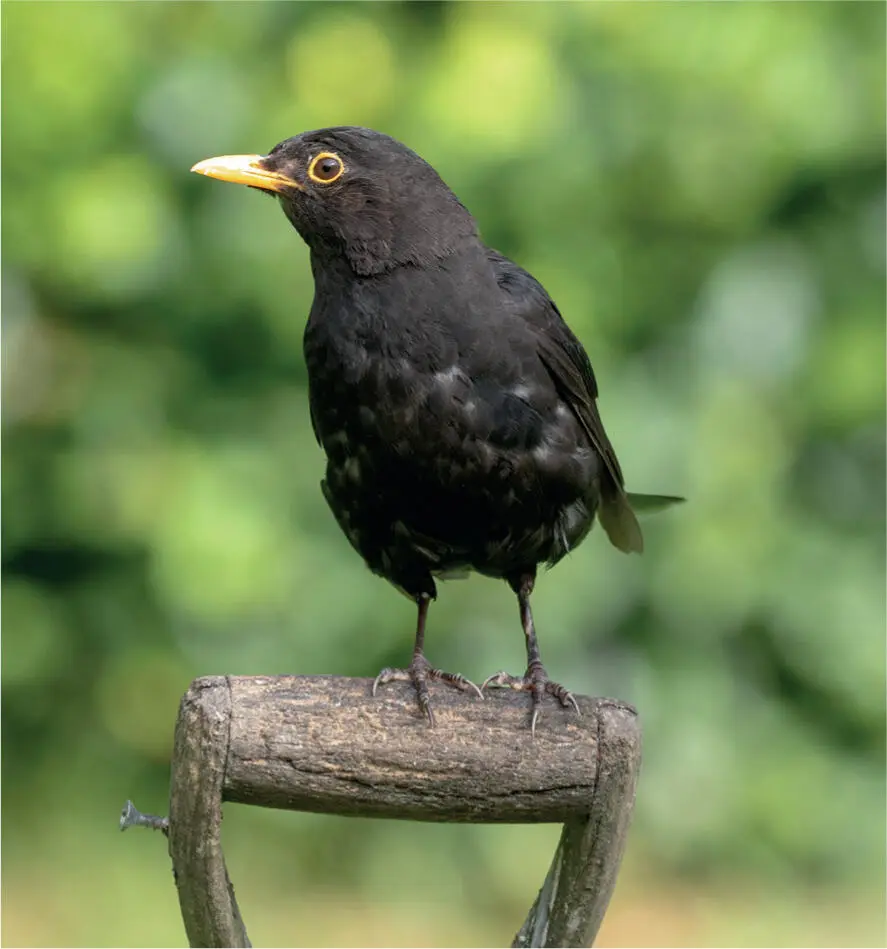
FIG 4. Blackbird is best considered as an ‘urban adopter’, a species that is opportunistic in the way that it uses gardens and the resources that they offer. (John Harding)
The species of birds associated with the urban environment – of which gardens are a key component – can be divided into three main types. These are the ‘urban exploiters’, the ‘urban adopters’ and the ‘urban relicts’. Exploiters are those species, like Feral Pigeon, that are typically abundant within urban areas and which depend upon the anthropogenic resources available within the built environment. Adopters also make use of the resources but are more opportunistic in how they do this, and many of our familiar garden birds can be regarded as being of this kind – think of the Blackbirds Turdus merula and Siskins Spinus spinus that move into gardens during the winter months. Urban relict species are those whose population has managed to hang on within a fragment of their former habitat that is now contained within a wider urbanised landscape; such species tend to be found outside of western Europe, where new cities have emerged quickly within formerly wildlife-rich habitats. Another term that may be encountered when discussing urban bird populations is ‘urban avoiders’, those species that are absent or very poorly represented within the urban bird community.
The Rock Dove/Feral Pigeon is one of the oldest and most cosmopolitan commensal species, whose huge global population reflects early domestication and the subsequent transportation and introduction to sites across the world. The very high Feral Pigeon densities encountered in many cities is, to a large degree, a consequence of supplementary feeding and discarded human food, and the presence of buildings and other structures with an abundance of suitable nest sites. In some cities, such as Singapore, these populations are derived from the rapid expansion of a genetically homogenous group of founder individuals (Tang et al., 2018), underlining how a species can very rapidly colonise an urban area given favourable conditions. Similar patterns may be seen in introduced populations of House Sparrow, Starling and Collared Dove.
The notion that species found in a high proportion of the world’s cities, such as Starling, are successful generalists and able to breed anywhere, does require some refinement. Work by Gwénaëlle Mennechez and Philippe Clergeau has, for example, revealed that while the abundance of breeding Starlings does appear to be similar throughout the urbanisation gradient, the degree of urbanisation still has a measurable negative impact on its breeding success. Working in western France, Mennechez and Clergeau (2006) found that the amount of food delivered to Starling nestlings in more urbanised areas was significantly lower than that delivered elsewhere along the urbanisation gradient, resulting in smaller nestling masses. These urban Starlings were found to produce fewer young, each of seemingly lower quality; while they were able to maintain breeding populations in these highly urban habitats, the species was not as successful as a simple measure of breeding abundance might suggest. This is something to which we will return in Chapter 3
.
Читать дальше
